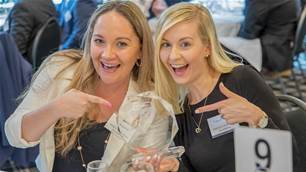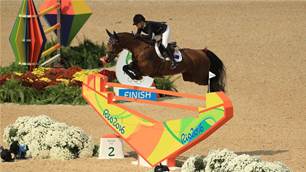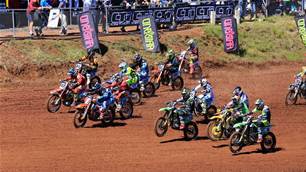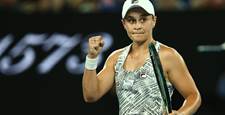As the nation’s equestrian community basks in the recent successes of its elite riders, the sport’s governing body in Australia is maintaining a close eye on an asset more important than Olympic medals – equestrian’s grassroots.
However, as the elite-level riders strut their stuff on the international stage, the challenge for officials back home is maintaining the interest of participants who have recently been attracted to equestrian.
With an expected uplift in visibility following successes like those at Rio, Equestrian Australia’s main purpose now is advancing horse sports and assisting its members. The membership base of the peak body for the administration of equestrian sport in Australia consists of the next generation of riders, coaches, officials and supporters, who are looking to progress their skills and aspirations – as well as many other participants.
There are nearly 19,000 members competing in weekly competitions in a number of different disciplines across Australia. Equestrian Australia’s commitment to sustainable growth is encouraged at every level of the sport, starting at the grassroots, and is reflected in world-class results at Olympic level.
One recent evolution of Equestrian Australia’s was the introduction of The Dual Crown, which offers athletes a unique opportunity to participate in a National Series. It is hoped in time the concept will allow some of Australia’s leading equine events to take their offerings to the next level. Just as importantly, it’s hoped that, through the Dual Crown, equestrian sport can also be taken to new audiences.

In its inaugural year in 2016, the Equestrian Australia Eventing Dual Crown was awarded to Newcastle’s Hazel Shannon. The Dual Crown Eventing champion was determined by using results from the Melbourne International Three Day Event (held 9-13 June) and the Australian International Three Day Event in Adelaide (Nov 3-6).
Meanwhile, the Equestrian Australia Jumping Dual Crown was awarded to Andrew Lamb, riding CP Argento, after the FEI Jumping World Cup Qualifier in Adelaide. The Dual Crown Jumping champion was determined by using results from the Australian Senior Championship (run over two classes this year) and the Adelaide 3 Day World Cup Jumping class.
Equestrian Australia CEO Paula Ward says the Dual Crown is an exciting concept offering new opportunities for the sport. “We were very pleased to introduce the Dual Crown in 2016, with the finale hosted in Adelaide. Bringing in this series model allows riders to accumulate points and financial rewards throughout the course of the season.
“Over the longer term, this model is intended to raise the profile of the sport for participants, spectators and commercial partners alike and we look forward to growing this over the coming years.”
“Equestrian Australia continually looks at ways it can work collectively with its community to maximise opportunities available and implement new and exciting initiatives to keep progressing this wonderful sport and this is another step forward in that process,” says Ward.
“Our footprint continues to grow both within the equestrian and wider community. The expansion of our #RideWithUs campaign into 2017 will see us further broaden our reach.”
Further information about all the above can be found at www.equestrian.org.au
Related Articles

Pic Special: The 2019 Clubbies Awards!

Equestrian’s army of Clubbies Awards finalists














